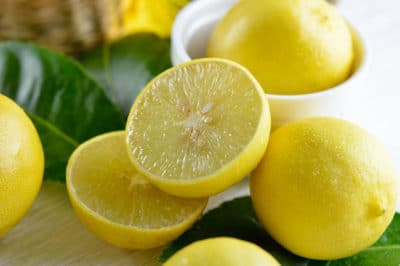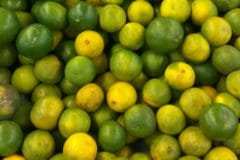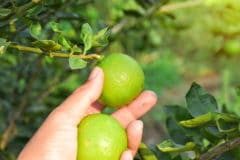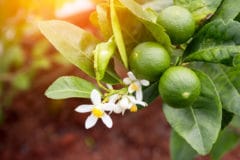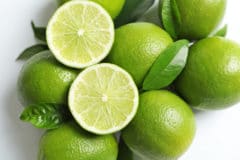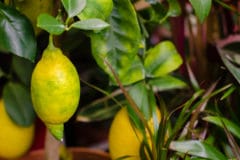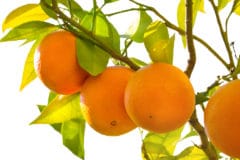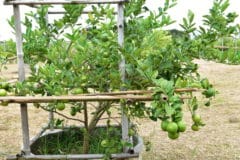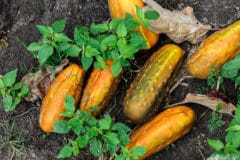Why Limes Turn Yellow
The number one reason why limes begin turning yellow is that they’re in the final stages of ripening. Occasionally, however, yellowing indicates a problem with their growing conditions. But, if ripe limes are yellow, why are most grocery-store limes green?
It’s All About the Marketing
Most limes sold in the U.S. are Persian limes (Citrus latifolia) from Mexico. They’re harvested when green and not quite ripe. Why? Because unripe limes bruise less during shipping and last longer in storage than ripe ones.
In the natural course of things, tart, dark-green Persian limes would remain on their trees to continue ripening. First, they’d become light green and somewhat sweeter. Many people consider them tastiest at this stage. Eventually, they’d turn yellow, become bitter and fall to the ground.
Key Limes
Key limes (Citrus aurantifolia) also ripen to yellow and are marketed that way, when their uniquely spicy-sweet flavor peaks.
Year-Round Ripening
With proper care, most lime trees start producing fruit about three years after planting. And once they start, they don’t stop. Both Persian and key lime trees have fruit in various stages of ripening (and shades of green or yellow) all year long:
- Persian limes fruit produce almost 70 percent of their fruit between May and September, with most of it ripening after June.
- Key limes have two heavy flushes of fruit, the first in May and June and the second in November and December. For the remaining eight months, they produce more lightly.
The ones you can’t get to will eventually turn yellow and fall to the ground. As long as they’re free of squishy or brown spots and splits, they should be usable.
Do Limes Ripen after Harvesting?
Like other citrus fruits, limes only ripen on the tree. They do, however, fall off the tree when ripe. If you live in USDA plant hardiness zones 9 through 11, the easiest way to enjoy them at all stages of ripeness is to grow your own.
Limes Turning Yellow after Harvest
The only limes that turn yellow after harvesting are Persian limes stored between 48° and 50°F (9° and 10°C) for two months or longer. Refrigerate them anyway; otherwise they’ll become dry, tough and flavorless. For the best results, store them in sealable plastic bags with all the air removed.
Sunburn
When the limes on a tree’s southern or western branches develop leathery yellow spots, they’ve been sunburned. To eliminate the problem, restrict your annual pruning to no more than 20 percent of the branches every year.
Remove only the diseased, dead or crossing limbs. Leaves dense enough to shade the fruit from too much sun will also photosynthesizes enough food for an abundant, delicious harvest.
Expert gardener’s tip: When pruning, spare the lower branches. They’ll shade the trunk from sunburn. The tree will respond by fruiting most heavily — and with sweeter, easier-to-reach limes — on those branches.
